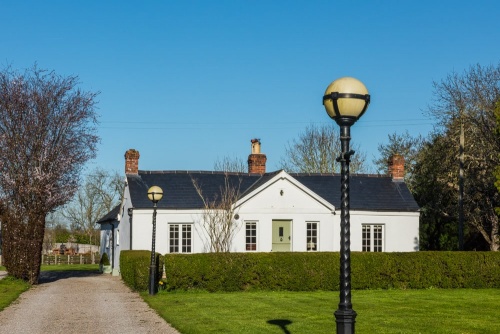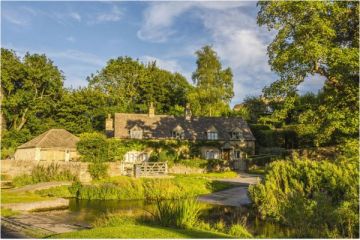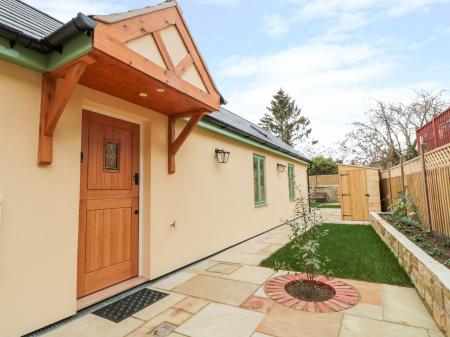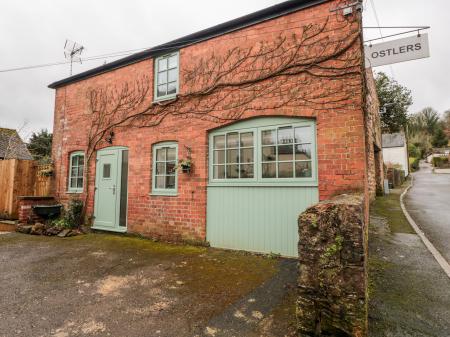Snigs End Chartist Community

The little Gloucestershire village of Corse holds a piece of Victorian heritage in the shape of Snigs End, an intentional community established by the Chartist movement under the leadership of Feargus O'Connor.
Feargus O'Connor's Dream
O'Connor was an Irish aristocrat who championed the cause of the working classes in Victorian England. The Industrial Revolution brought immense social change to Britain, and the prosperity that fueled the growth of the British Empire was built on the back of a huge urban workforce.
The working classes lived in conditions that would be unthinkable today, and their plight prompted social reformers like O'Connor to dream of a different England; an England built not on factories, but on small-holdings, intentional communities of workers who lived an worked in harmony with the land and with each other.
The Chartist Community
The Chartists, under the auspices of the National Land Company, bought 268 acres of land at Snigs End in Corse, and between 1847 and 1848 they built 85 worker's cottages to a design by O'Connor himself. These cottages, simple though they might appear today, would have seemed palatial to workers from the industrial mill towns of northern England.
The cottages were made available to workers through a lottery system, and each cottager had a plot of land where he could raise poultry, pigs, vegetables, and gather wood.
Unfortunately, the Chartist movement was doomed to failure. Only five communities like Snigs end were built before the movement collapsed. The reasons for the collapse are numerous; the workers resisted paying their rent, and the lottery system was immensely unpopular among the Chartists themselves.
A Parliamentary investigation of the lottery in 1851 eventually ended the Chartist's experiment. The cottages still stand, however, and the smallholdings the Chartists established are still capable of supporting a small family.
An exhibition on the Chartists at Corse can be viewed in St Margaret's Church nearby.
The estate school building was transformed into the Prince of Wales pub in 1857 when a new school was built by the parish council.


